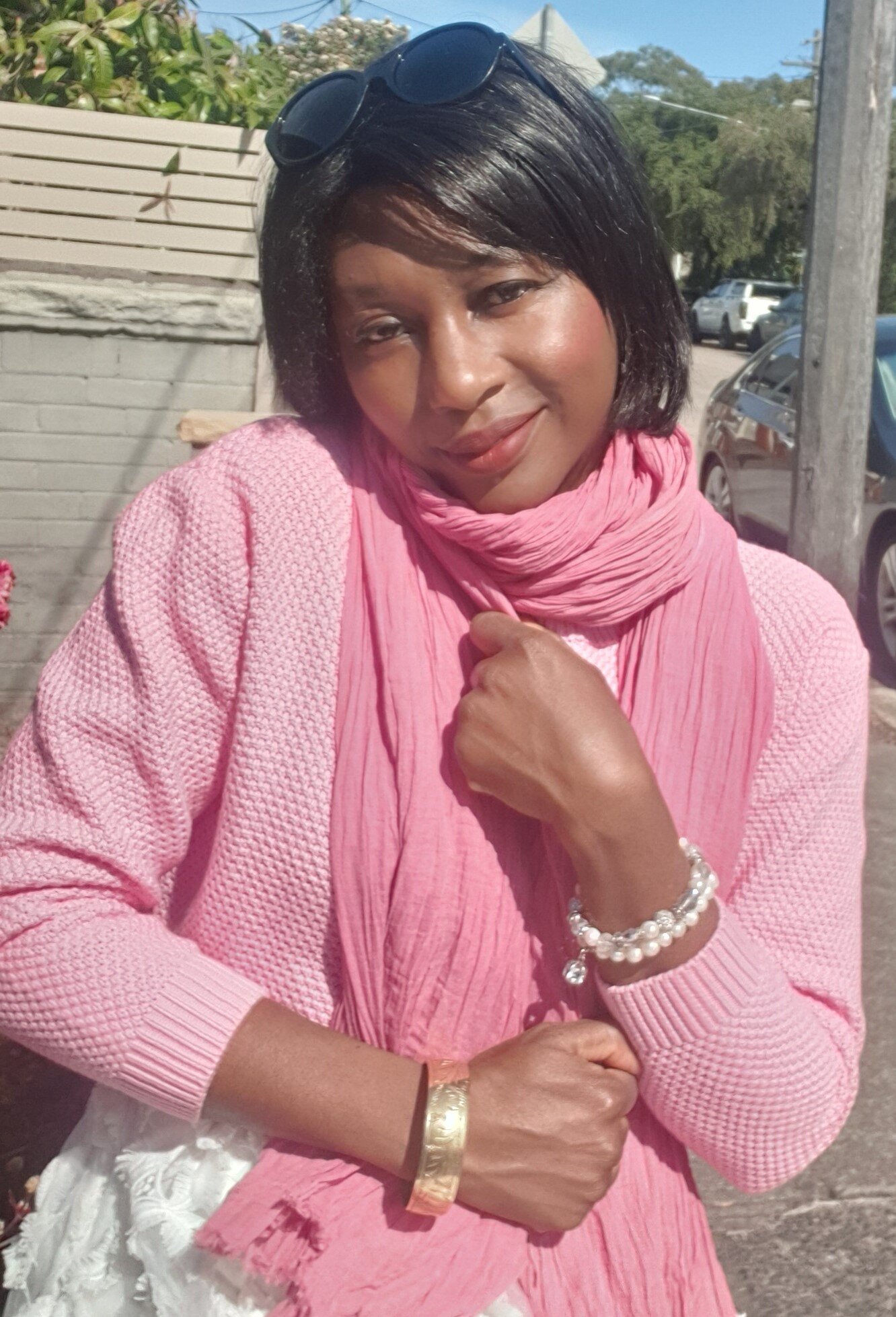I chose these monochrome secondhand looks to herald the start of Spring here in the merry land of Oz (Australia) and to also mark the beginning of this year’s annual Second Hand September campaign by Oxfam, UK. I’ve been shopping secondhand since I was a kid, long before sustainable fashion was a movement and before it was seen as cool to shop secondhand. I started my career in sustainable fashion career years ago by styling glamourous secondhand pieces on Instagram to inspire people to take out the stigma of wearing used clothes. It thrills me that the mainstreams world has finally embraced it and campaigns like this one help further normalise wearing used clothes.
The purpose is to give clothes a longer life by promoting the use of secondhand shopping and donating. The goal is to promote clothing waste reduction to landfill, reduce fashion’s impact on the climate crisis. 87% of all unwanted textiles are sent to landfill or incinerated while 12% is recycled mechanically by being broken down into fibre, rags or material for insulation. Only about 1% is chemically recycled back to reusable raw materials. The fashion industry is partially responsible for the climate crisis. 95% of textile waste can be reused or recycled. Buying and donating secondhand clothes gives them a longer life by delaying or stopping them from ending up in landfill. This slows down the consumption of fast fashion which contributes to protecting the planet, its people and reducing fashion’s contribution to climate change.
And by shopping secondhand, we’re reinvesting money into vital work of charity shops like reducing poverty and other worthy causes like inequality and illnesses.
How Secondhand September works? Throughout September, buy only secondhand clothes online (if you need to shop) or in your local op shop. And also donate clean, quality items to op shops/thrift stores. And then share your one-of-a-kind finds in your socials with the hashtag #SecondHandSeptember.
STYLING
About 99% of my large wardrobe is secondhand. I chose these monochrome, Audrey Hepburn-60s inspired ensembles with a kind of 'je ne sais quoi' vibe to them. I’ve used a monochrome rah-rah skirt, vintage hat and tan belt to create a glamourous and sophisticated, the reused the 3 pieces to create a casual look with sneakers, a t-shirt and a few more pieces.
Restyling interchangeable pieces in your closet to create different outfits makes your wardrobe far more versatile which can minimise your temptation to buy more clothes and lead to less fashion waste going to landfill.





















